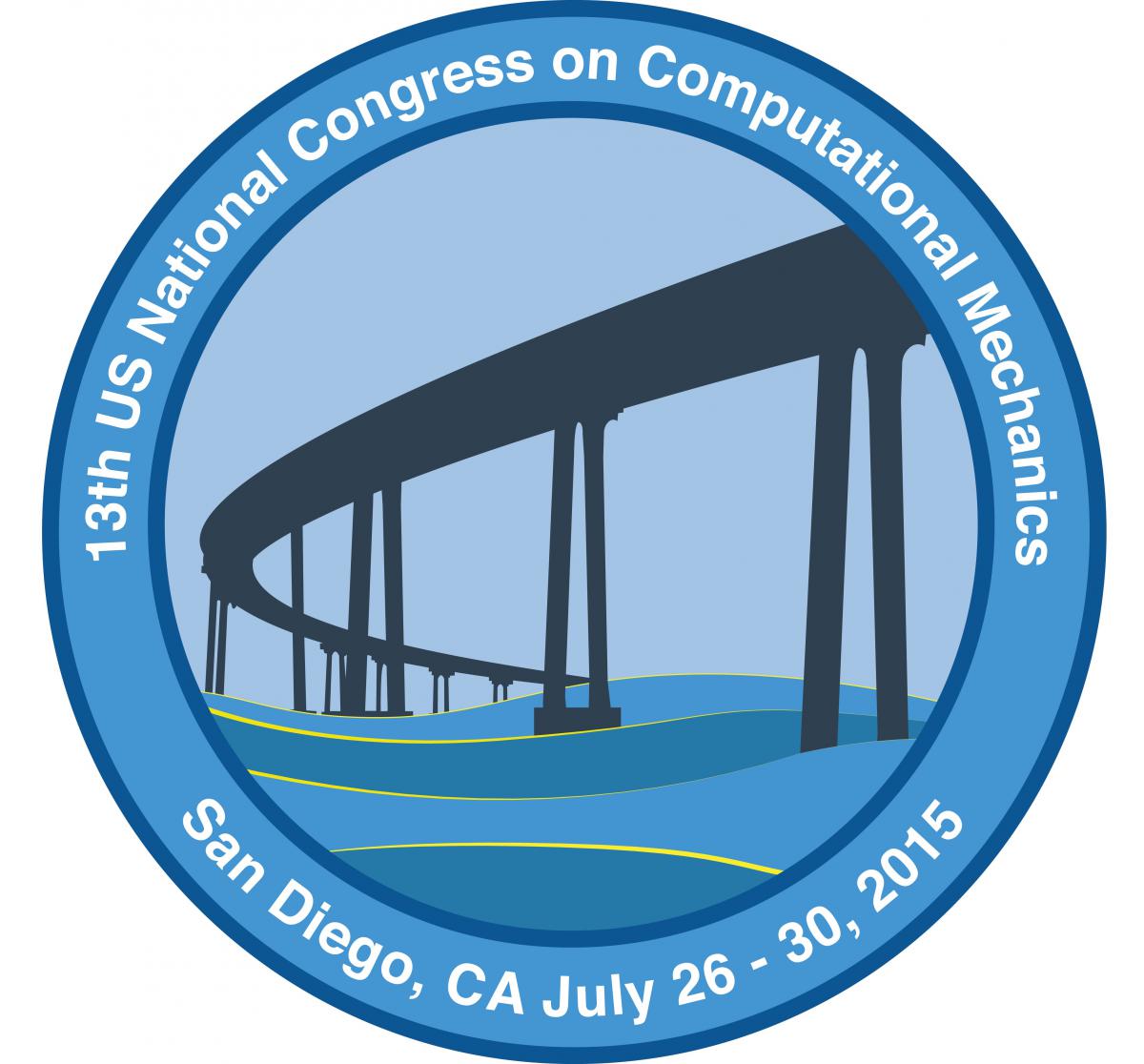Isogeometric Analysis: Ten Years After

Thomas J.R. Hughes
Monday, July 27, 9:00 am - 9:45 am, Harbor Ballroom
Abstract:
Isogeometric Analysis [1,2] was created to address the major impediment to the process of engineering product development, namely, the conversion of CAD descriptions to analysis-suitable formats leading to finite element meshes. Designs are encapsulated in Computer Aided Design (CAD) systems. Simulation is performed in Finite Element Analysis (FEA) systems. The conversion process involves many steps, is tedious and labor intensive, and is the major bottleneck in the engineering design-through-analysis process, accounting for more than 80% of overall analysis time.
This year marks the 10th anniversary of the first paper on Isogeometric Analysis [1], published in October of 2005. The key concept utilized in the technical approach is the development of a new paradigm for FEA, based on rich geometric descriptions originating in CAD, resulting in one geometric model that is suitable for both design and analysis. In the ten years since its inception, Isogeometric Analysis has become a focus of research within both the fields of FEA and CAD and is rapidly becoming a mainstream analysis methodology and a new paradigm for geometric design.
I will describe areas in which progress has been made in developing new and improved Computational Mechanics methodologies to efficiently solve vexing problems that have been at the very least difficult, if not impossible, within traditional FEA. I will also describe current areas of intense activity and areas where problems remain open, representing opportunities for future research.
References
[1] T.J.R. Hughes, J.A. Cottrell and Y. Bazilevs, Isogeometric Analysis: CAD, Finite Elements, NURBS, Exact Geometry and Mesh Refinement, Computer Methods in Applied Mechanics and Engineering, 194, (2005) 4135-4195.
[2] J.A. Cottrell, T.J.R. Hughes and Y. Bazilevs, Isogeometric Analysis: Toward Integration of CAD and FEA, Wiley, Chichester, U.K., 2009.
Biography:
Thomas J.R. Hughes holds B.E. and M.E. degree in Mechanical Engineering from Pratt Institute and an M.S. in Mathematics and Ph.D. in Engineering Science from the University of California at Berkeley. He taught at Berkeley, Caltech and Stanford before joining the University of Texas at Austin. At Stanford he served as Chairman of the Division of Applied Mechanics, Chairman of the Department of Mechanical Engineering, Chairman of the Division of Mechanics and Computation, and occupied the Crary Chair of Engineeirng. At Austin, he is Professor of Aerospace Engineering and Engineering Mechanics and holds the Computational and Applied Mathematics Chair III. He is a Fellow of the American Academy of Mechanics, ASME, AIAA, ASCE, AAAS, and Found, Fellow and Past President of USACm and IACM, past Chairman of the Applied Mechanics Division of ASME, past Chairman of the US National Committee on Theoretical and Applied Mechanics, and co-editor of the international journal Computer Methods in Applied Mechanics and Engineering.
Dr. Hughes is one of the most widely cited authors in Engineering Science. He has received the Huber Prize and Von Karman Medal from ASCE, the Timoshenko, Worcester Reed Warner, and Melville Medals from ASME, the Von Neumann Medal from USACM, the Gauss-Newton Medal from IACM, the Computational Mechanics Award of the Japan Society of Mechanical Engineers, the Grand Prize from the Japanese Society of Computational Engineering and Sciences, the Computational Mechanics Award fof the Japanese Association for Computational Mechanics, and the Humboldt Research Award for Senior Scientists from the Alexander von Humboldt Foundation.
He is a member of the US National Academy of Sciences, the US National Academy of Engineering, the American Academy of Arts and Sciences, the Academy of Medicine, Engineering and Science of Texas, and a Foreign Member of the Royal Society of London, the Austrian Academy of Sciences, and the Istituto Lombardo Accademia di Scienze e Lettere. Dr. Hughes has received honorary doctorates from the universities of Louvain, Pavia, Padua, Trondheim, Northwestern, and A Coruña.





